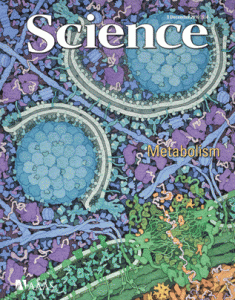Lilly completes acquisition of Avid Radiopharmaceuticals
 A company I have been watching for a while is Philadelphia based Avid Radiopharmaceuticals, now a wholly owned subsidiary of Lilly. They have a novel imaging biomarker, florebetapir (18F-AV-45) in development for the detection of Alzheimer’s disease.
A company I have been watching for a while is Philadelphia based Avid Radiopharmaceuticals, now a wholly owned subsidiary of Lilly. They have a novel imaging biomarker, florebetapir (18F-AV-45) in development for the detection of Alzheimer’s disease.
In a press release last week, Lilly announced that the FDA had assigned a priority review to the marketing application of florebetapir. The Peripheral and Central Nervous System Drugs Advisory Committee of the FDA meet on January 20, 2011.
Bayer have a competitor product in development, forebetapen (BAY 94-9172). Both florebetapir and florebetapen are 18F radiolabelled imaging biomarkers that bind to amyloid plaque in the brain. When used in conjunction with a Positron Emission Tomography (PET) scan, they enable the accumulation of amyloid that occurs in Alzhemeir’s disease to be visualized.
Phase 3 trial results for florebetapir published earlier this year showed that the brain amyloid burden seen in the PET scans positively correlated with the plaques seen in autoposies of the same patients. Proof that what the imaging biomarker shows is an accurate representation of the underlying pathology.
What makes the use of florebetapen and florebetapir interesting is that it is already common practice to use imaging tracers with PET scans. Fluorodeoxyyglucose (FDG) is widely used in the diagnosis, staging and treatment of oncology patients as a result of its ability to show the intense glucose uptake that occurs with most cancers.
Both Avid and Bayer products are most likely to be approved based on the clinical data presented to date. It will be interesting to see the prices that they intend to charge.
As for the market opportunity, they are likely to have a role to play in the early diagnosis of patients with mild cognitive impairment, since at present it is difficult to diagnose these patients and differentiate Alzheimer’s disease from other forms of dementia. Most likely, models will be developed that look for a correlation between accumulation of amyloid plaque and decline in cognitive function, from which a probability of developing Alzheimer’s disease can be calculated.
Imaging biomarkers are likely to place an increasingly important role in the development of new products by biotechnology companies and in the design of clinical trial endpoints.
